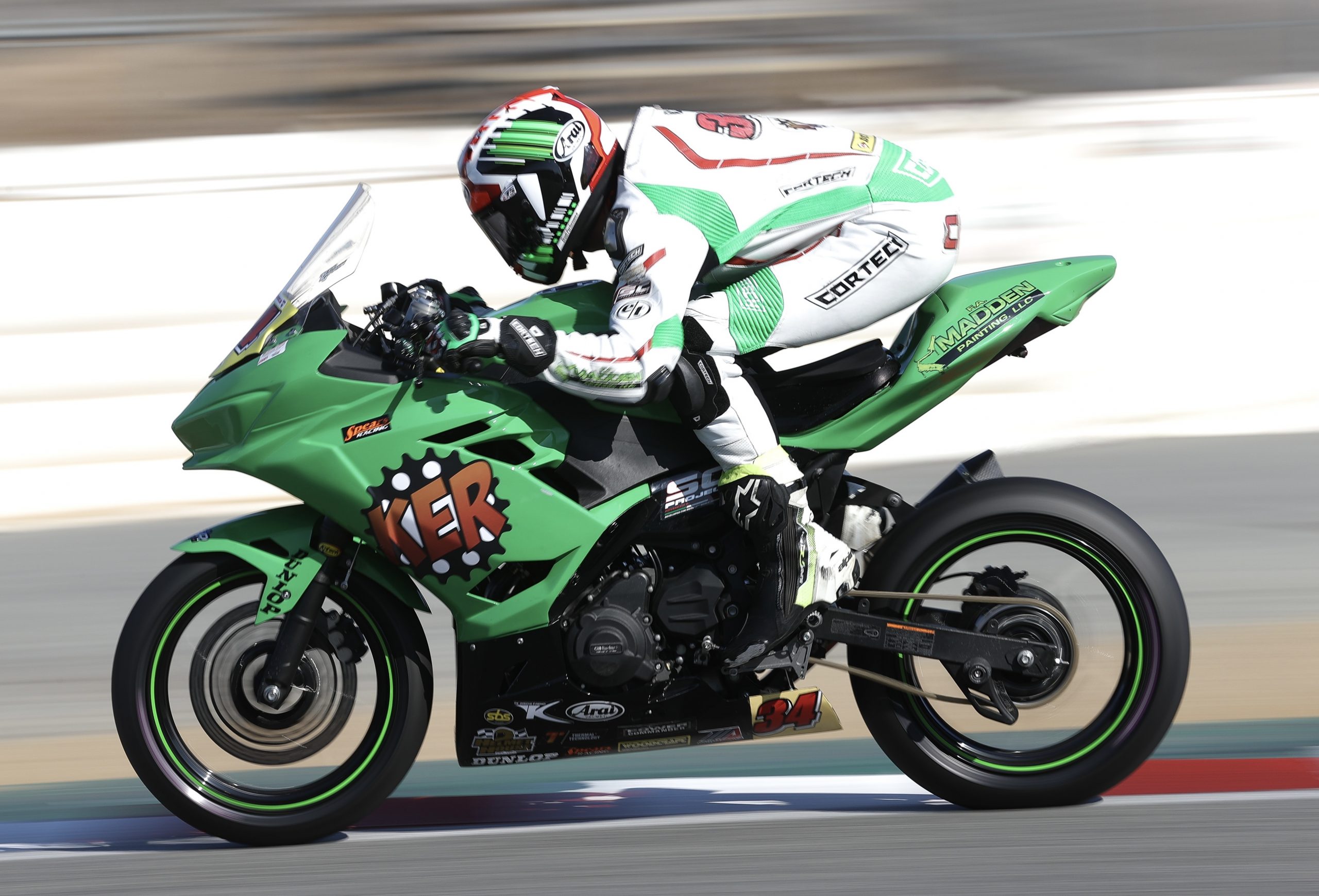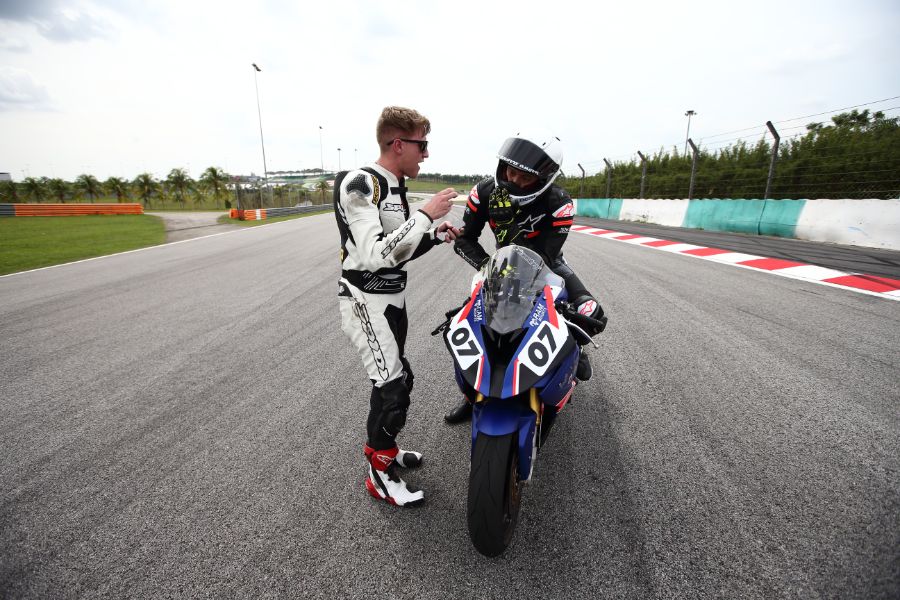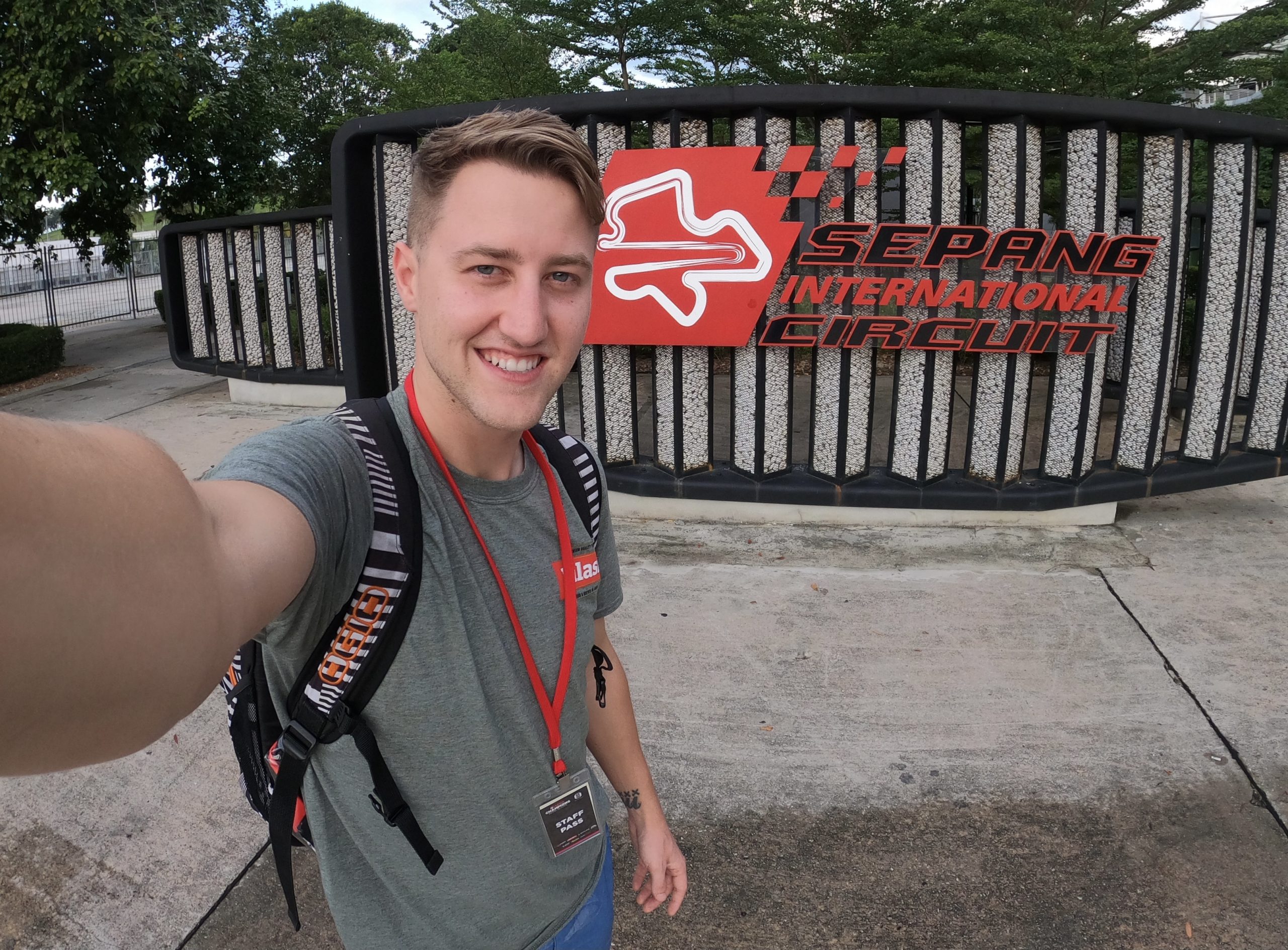Full disclosure: I feel a bit outside my comfort zone in terms of writing or blogging, as if you hurled a newborn giraffe on an ice rink and expected them to double axel. I’m a community college dropout who spent all of his tuition money racing motorcycles, ultimately building a career around two and four-wheeled transporters. I have over ten years of racing professionally in AMA and MotoAmerica, am a Senior Instructor with Yamaha Champions Riding School, and work with other motorsports schools and programs around the country.
Motorcycles are in my blood. In 1962 my grandparents started a motorcycle shop out of an old chicken coop outside of Rochester, New York, and Harv’s Harley-Davidson is still thriving to this day. I couldn’t imagine my life without bikes. This blog is the first of a series on riding safety, proper riding technique, and tales of the trade.
Vital Fix
Let’s ease into this with a straightforward but vital fix to our riding. I see street riders and even racers in the paddock missing a key element of safe motorcycle riding. It’s not a difficult process, and it won’t take years to perfect. Simply put, I would like to invite you, your friends, and everyone else to “Cover the Brakes.”
All-day riding around my new town of Las Vegas, I see motorcyclists cruising in heavy traffic with their fingers wrapped around the throttle drum. Picture a right-handed death grip around the handlebar. What I’m looking for is to have one, two, or three fingers up and resting on the front brake lever, and a foot positioned over the rear brake. How many fingers? Nobody good uses four. That’s called “covering the brakes”.
Let’s take a moment to redefine the front and rear brakes as “controls”; they do much more than just slow your bike. You use your controls to keep the motorcycle in control. The front brake controls your speed, geometry, tire contact patch, and much more we can get into in a later post. Also, keep in mind we’re never applying throttle and brake at the same time. The main point here is: covering the brakes gives you immediate access to your controls.

Real World
Last weekend during a MotoAmerica event I was rolling through the paddock before a qualifying session and a small child in a blue hat blindly wandered in front of my race bike. I was covering the brake and was able to safely slow and avoid before the father noticed his offspring nearly stroll into an oncoming motorcycle.
Riding through the crowded MotoAmerica paddock I wouldn’t want to have my fingers wrapped around the throttle, close the throttle, and then reach for the brake, to finally begin to slow. By the time I started to generate stopping power, my motorcycle would have traveled forward and dramatically increased the distance to slow or stop.
On a racetrack, you will see the best riders accelerating the motorcycle at full power, but begin to take a finger or two off the throttle drum prior to closing the throttle to the brakes, as opposed to closing the throttle and then reaching for the brakes. On the race track we won’t cover the brakes because we are on a closed course with no surprises; covering the brakes really counts when we are riding in any crowded or unpredictable environment: track paddock, parking lot, freeway, city streets, or back roads.
Wrong Verb
A substantial problem here is that some new rider schools have been teaching to not cover the brakes. They believe that you will suddenly “grab” the brakes and nose wheelie or tuck the front end. Notice the verb I used? “Grab” is bad. We never want to abruptly use any of our controls, we want to apply every initial input smoothly into the motorcycle. We must really focus on the first five percent of our braking, or the first initial squeeze on the lever or push on the pedal. Once we’re smooth at the beginning of our braking, we feel weight transfer forward, pads against the rotors, then we can build the pressure rather quickly to adjust our speed. What’s very important is the initial application with the brakes, which I will talk about more in my next update.
60 = 44
Let’s look at an example: You are traveling along at sixty miles per hour and you’re mistakenly not covering the brakes. Suddenly you see an obstacle and you need to stop or make an avoidance. By the time you roll off the throttle and then reach for the brake lever to begin slowing, you have just used a half-second. In the half-second it took to get to the brakes, your bike proceeded forty-four feet before you finally begin to seriously decelerate. That is a huge margin, which could be the difference between crashing and almost crashing, the difference between hitting the car that ABS-stopped in front of you, or coming to a gentle stop.
Covering the brake is designed for unpredictable situations, and that means almost every given moment when riding a motorcycle because as all veteran riders know, surprises will happen. Your ability to mitigate those situations can be easily improved, just by raising a finger.
Thank you very much for reading. Look at me, I hated school as a kid and any classroom setting, but perhaps it was just the subject matter. Motorcycle riding is a constant study as we’re always trying to improve our riding and build our focus while on the bike. I’m off to Brainerd International Raceway for round six of the MotoAmerica road racing championship. Can not wait to ride this track for the first time. Looking forward to sharing more insight into this sport we all love so much.
Cover the brakes!
Follow Cody Wyman.







